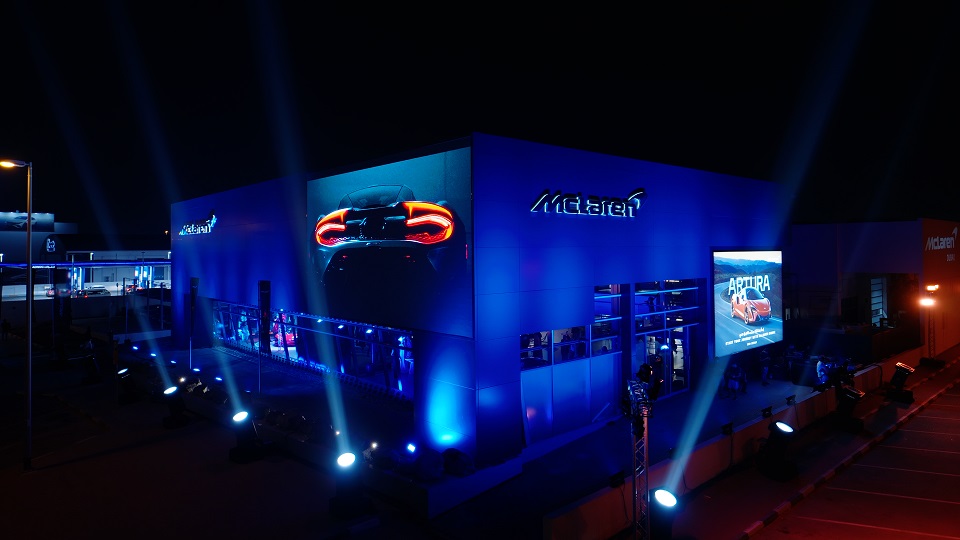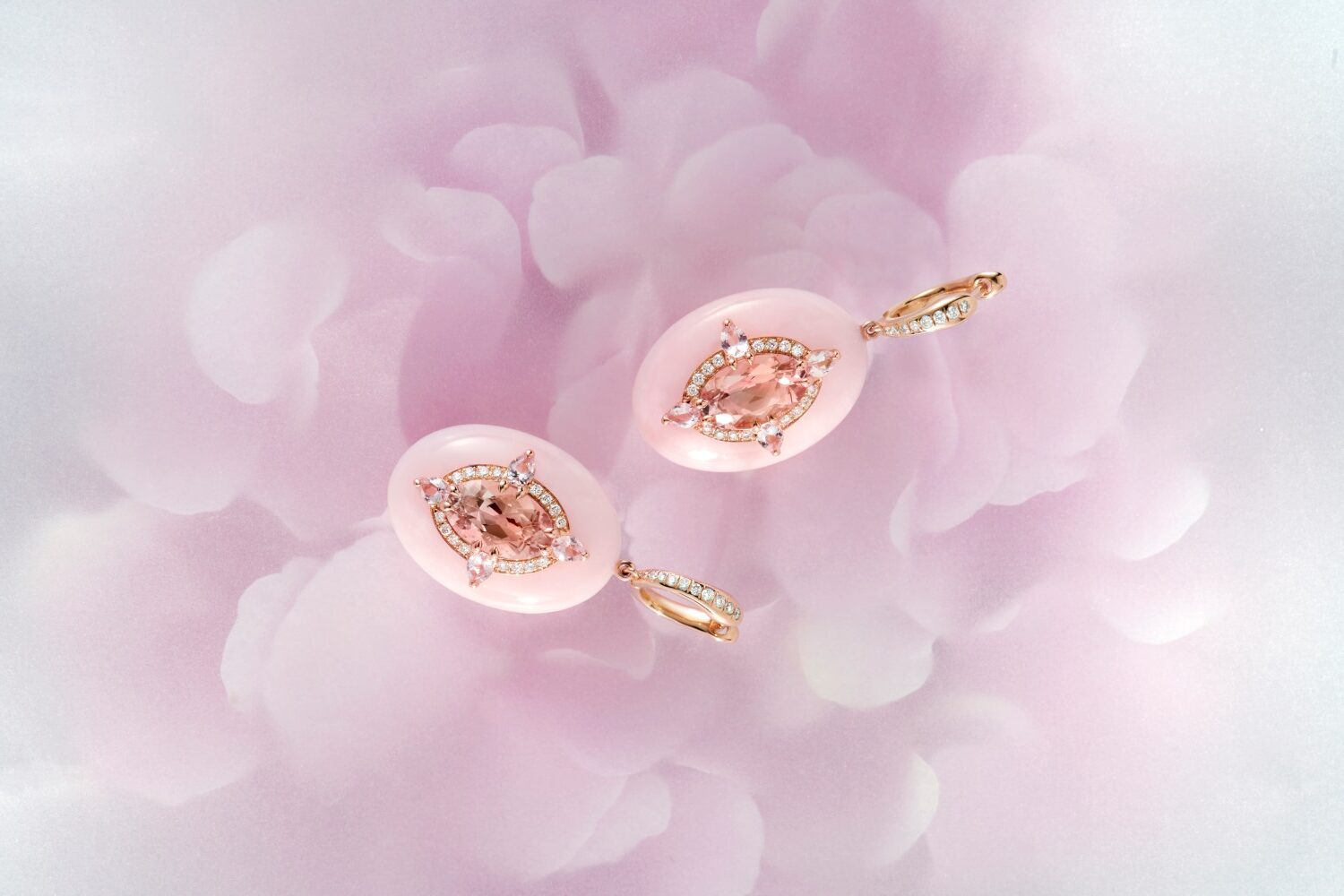Les Cabinotiers Armillary Tourbillon – Chronos

The deity Chronos from Greek mythology has been chosen to embody organised and measurable physical and linear time. The latter takes the form of two editions equipped with Calibre 1990, featuring a bi- axial armillary tourbillon regulator system with retrograde hours and minutes indication. Le Temps Divin (divine time), a theme devoted to the myths and cultural perceptions of time, takes a documented approach brought to life by Vacheron Constantin’s watchmakers and artisans. The physical notion of time – a linear, measurable concept – is represented by the “features” of the Greek god Chronos – Saturn in Roman mythology – father of the Horae (Hours), goddesses who personified the division of time.

Each of these two technical developments has its own historical reference. This particular type of tourbillon owes its name to Antide Janvier – astronomer and watchmaker to King Louis XVI – one of whose greatest masterpieces was a moving sphere with a planetary wheel known as an armillary. The cylindrical balance-spring dates to Jacques-Frédéric Houriet’s invention in 1814 and is coupled here with an escapement featuring an escape-wheel and pallet-lever in silicon with diamond-polished pallets: materials featuring a very low friction coefficient and requiring no lubrication.
Time through the prism of Japanese culture –Kami
To embody this metaphysical time, Vacheron Constantin highlights three figures. These references to Japanese culture are not new to the Maison, as testified by numerous early 20th-century artistic crafts models including a “samurai” pocket watch from 1924; an enamelled and gem-set ladies’ brooch watch made the same year featuring Japanese- inspired decoration; along with a lacquered 1935 triptych table clock also adorned with a samurai scene. The kami depicted on the dials are represented off-centre, as is traditional in Japan. Izanagi, the god of creation, is regarded – along with his sister-wife Izanami – as the founder of Japan. His mission was to give shape to primordial chaos and create a world, which he accomplished by striking the ocean with his sacred spear, giving birth to the Japanese archipelago born of solidified water droplets.

The second model is dedicated to Amaterasu, an important deity. This sun goddess, born of the left eye of her father Izanagi, gave birth to Japan’s emperors and introduced rice, wheat, and silkworm rearing to the archipelago. She is depicted on the sundial in colorful ceremonial clothes, shrouded in rays, carrying the sun disc and a sakaki branch, the sacred flowering tree.
The third timepiece depicts Konohanasakuya-hime, goddess of Mount Fuji and Japan’s volcanoes. Surrounded by the Moon and cherry blossom branches, she wears the jūnihitoe court costume from the Heian period, traditionally with 12 layers in seasonal hues.
Cyclical time – Guardians

To embody cyclical time, composed of alternating astronomical phenomena, declines and rebirths, Vacheron Constantin has opted for the succession of seasons. Each of the latter is symbolised by a sacred animal from traditional Asian culture, highlighted by wood marquetry. The timepieces feature a tourbillon regulator driven by ultra-thin Calibre 2160.
The alternation of day and night, of seasons and lunar cycles, was a very early incentive for humankind to seek regularity. Watchmaking was born of these observations, gradually infusing time with a scientific identity that has never ceased to progress. From cyclical time came physical time, to be sequenced and measured; followed by metaphysical time, which fuels deeper reflection on a concept inherent in the foundations of our universe. The theme of Le Temps Divin explores these different meanings of the term, expressing cyclical time through the seasons as generally expressed in Asian cultures and notably in Chinese culture.

The marquetry artisan uses various types of wood in different shades, which are cut, arranged, assembled, and applied according to the motif. The process includes 150 types of wood in around 60 natural colors, with veneer sheets kept at optimal temperature and humidity. For these Les Cabinotiers timepieces, 10 to 12 types of wood were selected per dial, including sycamore, padauk, hornbeam, tulip tree, blue myrtle, eucalyptus, maple, burl wood, oak, and walnut—some stained or heated to achieve the desired color.
About Vacheron Constantin
Founded in 1755, Vacheron Constantin is the world’s oldest watch Manufacture in continuous production for nearly 270 years, faithfully perpetuating a proud heritage of watchmaking excellence and stylistic sophistication through generations of master craftsmen.
At the pinnacle of Haute Horlogerie and understated elegance, the Maison creates timepieces with unique technical and aesthetic signatures, and an extremely high level of finishing touches.
Vacheron Constantin brings to life unparalleled heritage and a spirit of innovation through its collections: Patrimony, Traditionnelle, Métiers d’Art, Overseas, Fiftysix, Historiques and Égérie. It also offers its discerning clientele of connoisseurs the rare opportunity to acquire vintage pieces within the Les Collectionneurs assortment, as well as unique and bespoke timepieces by means of its Les Cabinotiers department.
For more informaiotn, please follow @VacheronConstantin.





